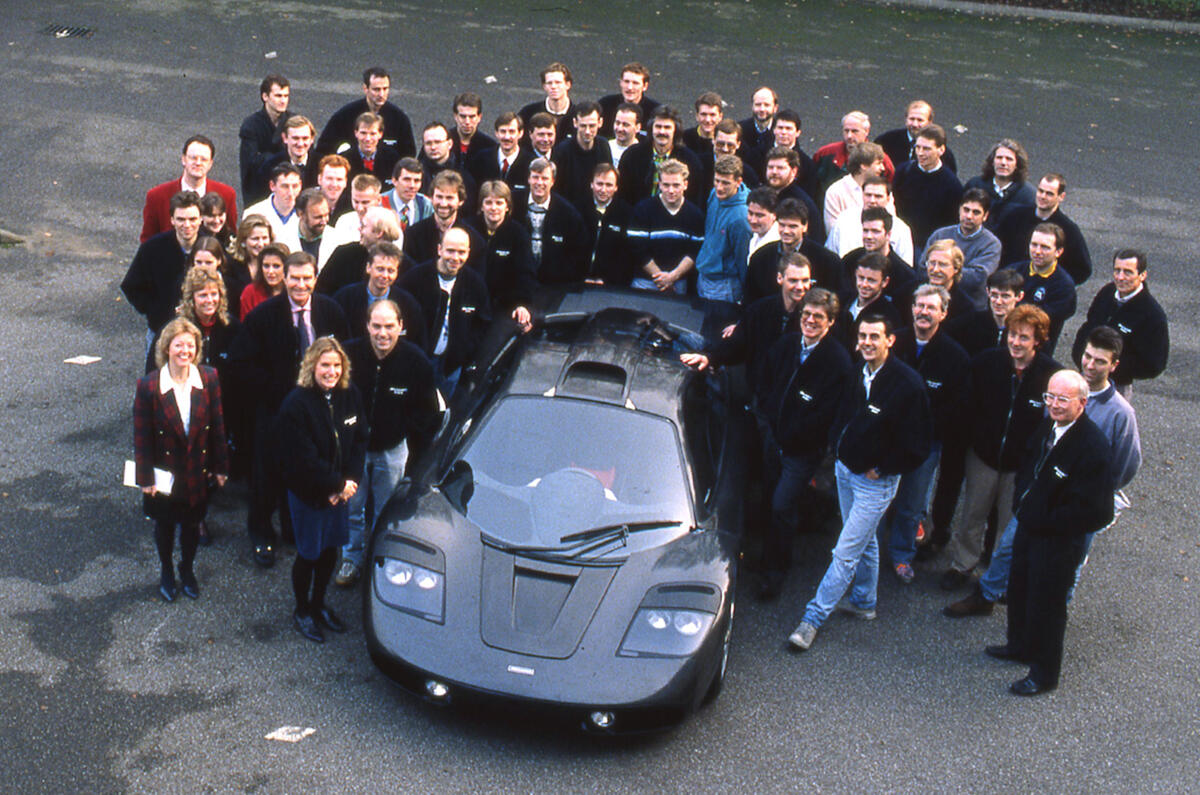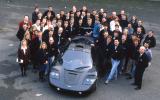Given that we’re discussing a car which today sells for eight times its 1993 launch price, it seems ridiculous that the remarkable McLaren F1, the 20th century’s king of supercars, should for a while have been viewed as a failure.
When production began in 1992, McLaren declared it would make 300 F1s. But when demand petered out and work stopped a couple of years later, the tally stood at just 90 cars, including half a dozen factory racers. It looked as if Woking had dramatically overestimated the world supply of car-minded billionaires
Today, this miscalculation won’t bother those who bought an F1. While they paid a little over half a million pounds in the early 1990s, a car sold at auction recently raised £4.5 million – not only eight times the F1’s original asking price, but five times more than is being asked for the new P1, the F1’s spiritual successor, unveiled just a week ago in Geneva.
Twenty years ago Autocar was given privileged access to the F1’s creators, led by chief engineer and technical director Gordon Murray and designer Peter Stevens.
We featured the car six times on covers through 1992 and 1993 and also produced an 80-page special supplement. So close was our co-operation that the performance figures for our world-first road test in 1994 were adopted by McLaren as its official factory standard.
They told an astonishing tale: a top speed of 230mph-plus, 0-60mph in a shattering 3.2sec, 0-100mph in just 6.3sec and 0-150mph in 12.8sec. It was literally the fastest production road car you could buy, with the highest price.
The giant presence behind the F1 effort, McLaren chairman Ron Dennis, stayed mostly in the background, partly because he didn’t know as much as he now does about building road cars for the super-rich, but mostly because he was still heavily involved in grand prix racing.
Even so, a large helping of credit for the car’s appearance must go to him, and to McLaren’s other money men of the time, Mansour Ojjeh and Creighton Brown, for giving the green light to a programme that inspired Murray and possibly stopped him heading to a rival grand prix team.
Leading the company
Even then, Dennis now says, he had his eye firmly fixed on evolving McLaren into a road car company surrounded by a wider technology group, the kind of firm it has become in recent years. “I’ve wanted to lead a company making road cars for so long that I’ve forgotten when the idea first came into my mind,” says Dennis.












































Join the debate
Add your comment
XJ220 - The Greatest?
XJ220 was comprimised in many
A benchmark hypercar
Lanehogger wrote: Whether
Incorrect assumptions